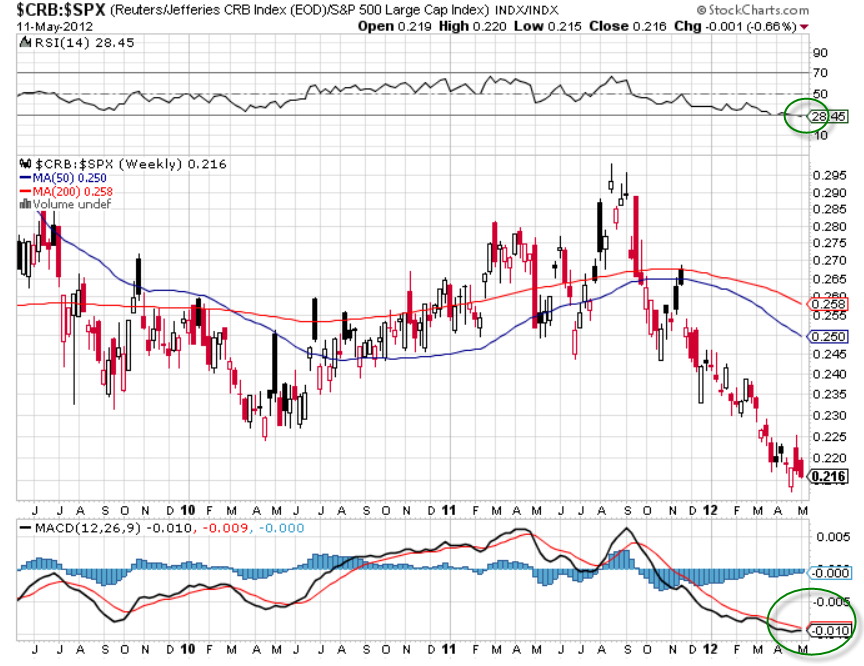By now, even casual consumers of the financial media have likely read several articles on the new fiduciary standards being mandated for advisors that work with client retirement accounts.
For those not yet up to speed, here are a couple good articles to get caught up here and here.
But the new rules leave open many questions as to what investors should actually expect in terms of account changes due to the new rules.

Be Wary
First, a warning: just because your advisor must now act as a fiduciary, meaning in your best interest, not his or that of his employer’s, that does not necessarily mean that short-term account performance will dramatically improve.
The fee-based Registered Investment Advisor (RIA) business model really took off in the early 1990s. RIAs and their investment advisors representative (IARs) are required to always act in their clients’ best interest for all accounts, not just for retirement accounts.
Track Record
While a fiduciary standard is a good reason to choose an RIA to work with, that doesn’t mean that RIAs have a significantly better investment track record.
There is not a very short list of investments that are “good” and everything else is high-fee garbage that will simply go away.
There are over 10,000 listed stocks, 30,000 mutual funds, and who knows how many UITs, Index Linked CDs, private placements etc.
Not all of these exist just because of good marketing. Many offer valid investment opportunities.
Timing Matters
And unfortunately, despite claims to the contrary, timing does matter. As a result, individual investment accounts are just as likely to underperform as to overperform expectations.
Being a fiduciary does not grant a license to operate your own crystal ball. The investor still needs to be aware and perform some basic due diligence before choosing an advisor when investing their hard-earned funds.
A good advisor or broker will remain a good advisor or broker. And hopefully the minority of bad brokers and the bad products they sell will leave the industry.
Consolidation
In my opinion, what is likely to happen to investors’ benefit is a consolidation of mutual funds around a consistent fee structure.
Steele Systems, Inc., using data provided by Morningstar, Inc., has 30,243 mutual fund records in its database. That does not mean there are that many different mutual funds.
For example, the American Funds Group, a popular choice among brokers lists 18 different pricing structures for the same fund! If you are investing in Fundamental Investors via a 529 plan you could be paying a front-end load of 5.75%, annual expenses of .70% and a 12b-1 load of .22%.
Or you could just be paying annual expenses of .48% with no loads or back-end surrender fees. That is a big difference. Retirement plan investors could be paying as much as 2.4% annually or as little as .31% with six additional choices in between!
Fee Structures
While American Funds will say that the reason for the difference is that the higher fees are necessary to recoup costs for smaller plans, there is nothing in their application that requires brokers to offer low-cost versions for larger plan balances.
Lest we paint the load or broker-sold funds alone into the bad guy corner, consumer favorite Vanguard also offers multiple fee structures. For example the Vanguard Developed Markets Index Fund is offered in 4 different payment plans.
Vanguard is more consistent in that their lower-expense funds become available to larger accounts and their overall cost structure is very low.
Structures
In my opinion, over the long run these fee differences do make a significant difference. And this is what the new rules focus on along with adequate disclosure. For example, the Wells Fargo Index A Fund is the same fund as the Vanguard S&P 500 Index Fund as they both replicate the S&P 500 Index.
The Wells Fargo offering has a .56% annual expense and can cost up to a 5.75% up front load. While the Vanguard retail offering has an expense of just .17% with no additional load. And their ETF is cheaper yet with just a .05% expense ratio.
The new rule doesn’t necessarily mean that American Funds will consolidate down from 18 to a single cost offering, or that Wells Fargo will necessarily stop offering an index fund.
What it does mean is that if you are invested in a higher-expense share class or company with higher expenses there needs to be a reason why. For index funds it is hard (even impossible) to rationalize a higher expense ratio from one fund to the next.
Actively managed funds are a little trickier. You do need to look at risk, strategy and multiple returns over time. But the point is that fees and conflicts of interest must now be openly disclosed. And justified based on the merits to the investor. Something RIAs have been doing all along. Now there is just a level disclosure playing field.
(This post first appeared on USNews.com.)
Photo Credit: 401(k) 2012 via Flickr Creative Commons




